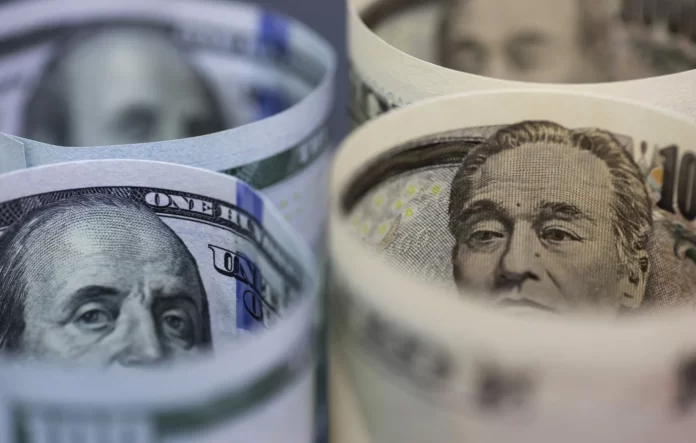Pakistan’s external debt and liabilities, which currently stand at approximately $130 billion, are predominantly denominated in five major currencies, with the US dollar representing the largest share of nearly 58%, according to the government’s latest Debt Management Strategy (DMS) 2026-2028.
The breakdown shows the US dollar dominates with 57.8%, followed by Special Drawing Rights (SDRs) at 29.88%, the Chinese Yuan at 5.21%, the Japanese Yen at 3.95%, and the Euro at 2.62%.
According to a news report, the Finance Ministry’s strategy highlights that external financing will continue to rely largely on multilateral and bilateral sources that offer concessional terms and longer maturities.
However, Pakistan also plans to diversify its funding sources by re-entering international capital markets with new instruments such as Panda Bonds, Sustainable Bonds, and Eurobonds—dependent on favorable global interest rates and domestic economic conditions.
A $1 billion Panda Bond program is already in place, with the first issuance of $200-250 million scheduled for FY2026. Additionally, preparations for launching Sustainable Bonds are underway, with a new Sustainable Financing Framework under cabinet review.
Despite limited access to Eurobond markets since 2022, the strategy outlines a path for re-entry into international capital markets as conditions improve. Meanwhile, Panda Bonds, which are Renminbi-denominated securities in the Chinese market, are being explored as an alternative to diversify funding sources, reduce borrowing costs, and strengthen financial ties with Chinese markets.
In terms of domestic debt, it will remain the primary source of government financing during this strategy period. The IMF program sets a ceiling for government guarantees at Rs5,600 billion by June 2025. As of March 2025, guarantees worth Rs405 billion have been issued, contributing to an outstanding stock of Rs4,548 billion, which includes financing for state-owned enterprises such as TCP and PASSCO.























